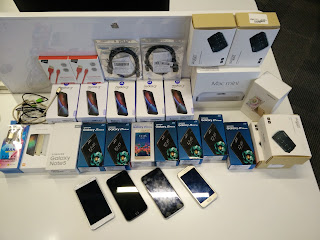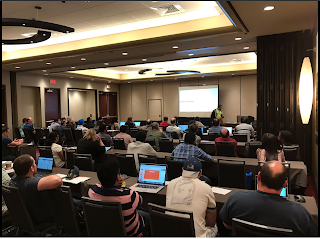My (debug-build of) app under test logs extra information about test execution to system logs which is accessible via logcat on Android devices. This is very powerful as now I can run my cucumber-jvm / Appium tests, copy the logcat file after the test execution completes, parse it for relevant information, and do appropriate assertions on the same.
The default buffer size on Android devices I have seen is 256kb. This is less for me - as I end up losing the earlier information, and hence my assertions fail.
Thankfully, there is a programmatic way to change the logcat buffer size in the device before running tests. The command is
adb logcat -G 3M
This adb command works in the Motorola devices in my MAD LAB, but does not work in Samsung devices. The error I see on running the above command is "failed to set the log size"
Any idea why this would not work in Samsung devices? or rather, what do I need to do to change the logcat buffer size?



















